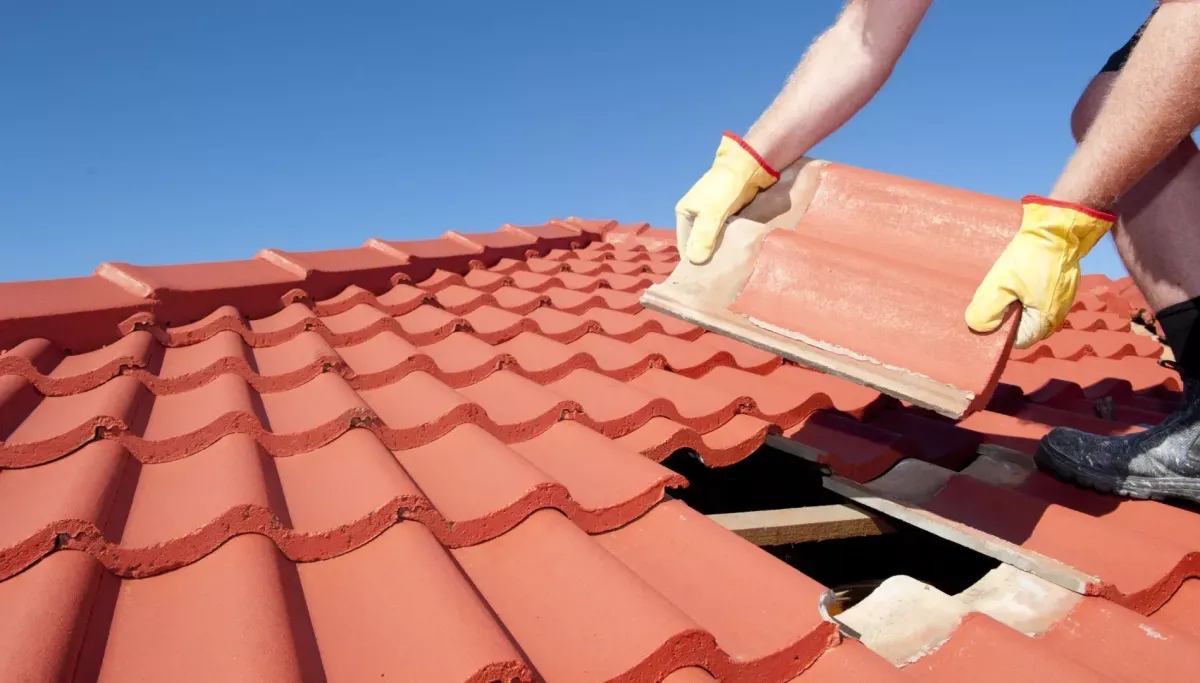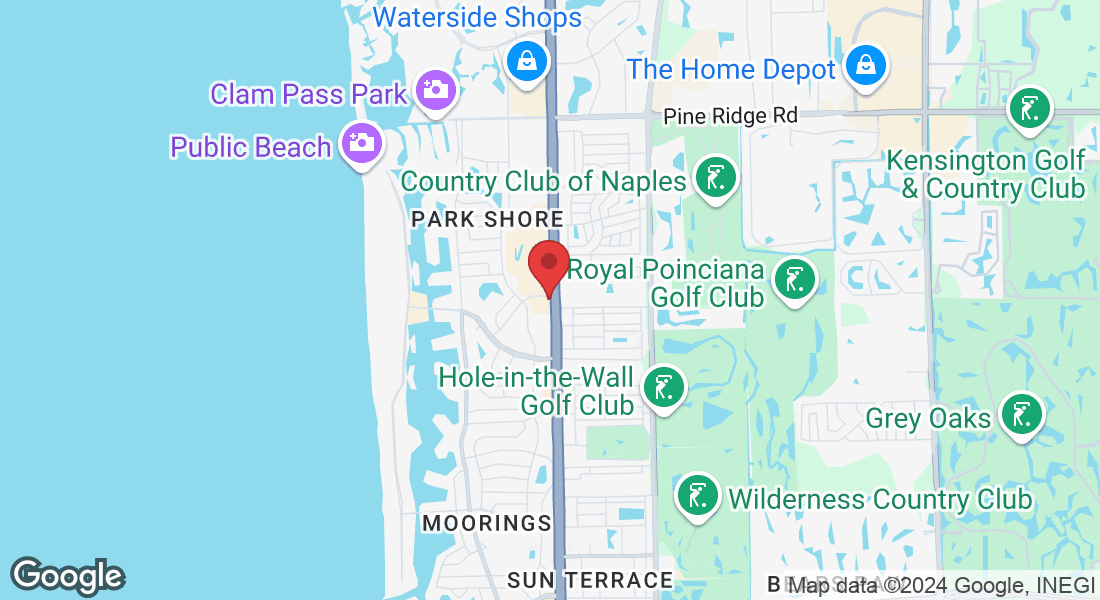Follow Us:
Our Blogs
Vogel Construction is unique because not only do they provide a great product, but they strive to be the gold standard in the construction industry for customer service.

How Much Will a New Roof Lower My Homeowners Insurance in Florida?
Living in Florida offers plenty of perks; sunshine, beaches, and beautiful weather most of the year. However, Floridians also face specific risks that come with homeownership, particularly from hurricanes, tropical storms, and other extreme weather events. That’s why homeowners insurance is a crucial expense. If you're considering replacing your roof, you may wonder: How much will a new roof lower my homeowners insurance in Florida?
The answer depends on various factors, including the type of roof you choose, the age of your previous roof, and your insurance provider’s policies. In this article, we’ll explore how a new roof impacts your insurance premium and the benefits of investing in a storm-resistant roof.
How Does Your Roof Affect Your Homeowners Insurance?
Florida is one of the most hurricane-prone states in the U.S., making the condition of your roof a critical factor in determining your homeowners insurance premium. Insurance companies assess risk when they calculate how much to charge you, and your roof is a primary line of defense against storm damage. The newer and more resilient your roof, the lower your risk, and consequently, the lower your insurance premium.
In fact, many Florida insurance providers offer discounts, credits, or reduced premiums for homeowners who replace their roofs, especially if they install one that meets the state’s stringent building codes designed to withstand hurricanes.
How Much Can a New Roof Save on Insurance Premiums?
While the exact amount of savings varies, homeowners in Florida can expect to save anywhere from 10% to 30% on their homeowners insurance by installing a new roof. Let’s break down the factors that influence these savings.
1. Age of Your Previous Roof
If your old roof was outdated, your insurance premiums likely reflected a higher risk of storm damage. Many insurers raise rates as a roof ages, especially after it passes 10 years. Replacing an older roof with a new one can result in substantial savings because your home is now considered less vulnerable to damage.
For example, a roof over 20 years old could be seen as a major liability by insurers, while a new roof built to current codes significantly reduces that risk. The newer the roof, the less your insurance company has to worry about covering costly repairs after a storm, leading to lower premiums.
2. Type of Roof Material
The type of roofing material you choose will also affect your savings. Certain materials like tile roofs are more durable and offer better protection against wind and water damage than others, which is why insurance companies tend to favor them. In Florida, the most common roofing materials include:
Asphalt shingles: These are the most affordable option, but they don't provide the same level of hurricane resistance as other materials. Some insurance companies may offer moderate discounts for newer asphalt roofs, but your savings may be smaller compared to other options.
Metal roofs: Metal roofs are highly durable and wind-resistant, making them a popular choice in hurricane-prone areas. Many insurers offer significant premium discounts for homes with metal roofs because they are less likely to sustain damage during storms.
Tile roofs: While tile roofs are more expensive upfront, they offer excellent durability and wind resistance. Insurance companies often reward homeowners with tile roofs by offering larger discounts on their premiums.
Installing a roof that meets or exceeds Florida’s building codes can maximize your potential insurance savings, particularly if the roof is built to withstand hurricane-force winds.
3. Wind Mitigation Credits
Florida homeowners can also take advantage of wind mitigation credits, which are special discounts provided by insurance companies for features that reduce the risk of wind damage. Wind mitigation inspections assess how well your home is protected against hurricanes, and the roof plays a key role in this evaluation.
To qualify for wind mitigation credits, your new roof should meet specific requirements, such as:
Being properly secured to the walls of your home with appropriate roof-to-wall connections
Including water-resistant barriers and underlayment
Having hurricane clips or straps installed
These credits can further reduce your insurance premiums, sometimes by as much as 10% to 25%, depending on the mitigation features installed.
How to Maximize Insurance Savings with a New Roof
If you're considering a roof replacement in Florida, follow these tips to ensure you get the maximum savings on your homeowners insurance:
Choose a reputable roofing contractor: Work with a licensed and experienced roofing contractor, like Vogel Roofing, who understands Florida’s building codes and can recommend the best materials for storm resistance.
Schedule a wind mitigation inspection: After your new roof is installed, schedule a wind mitigation inspection to assess your home’s hurricane preparedness and qualify for additional insurance discounts.
Contact your insurance provider: Once your new roof is installed, notify your insurance provider and provide any necessary documentation. They may require proof of compliance with Florida’s building codes to apply any discounts.
A new roof can significantly lower your homeowners insurance premium in Florida, potentially saving you between 10% and 30%. By choosing durable materials, ensuring compliance with state building codes, and taking advantage of wind mitigation credits, you can maximize your savings while also protecting your home from Florida’s extreme weather. If you're ready to explore your roofing options, contact Vogel Roofing for a consultation and start enjoying the financial and protective benefits of a new roof today.
Get in touch with us
As a company that values honesty, we are determined to provide high-quality work, fair prices, and the professionalism every customer deserves.As a company that values honesty, we are determined to provide high-quality work, fair prices, and the professionalism every customer deserves.
(239)-451-3203
4099 Tamiami Trail N Suite 403-400, Naples, FL 34103
Monday - Friday, 8:00 am - 5:00 pm



